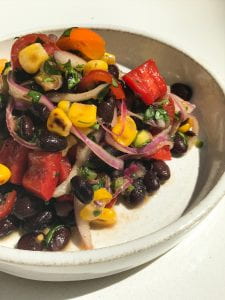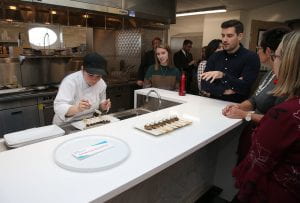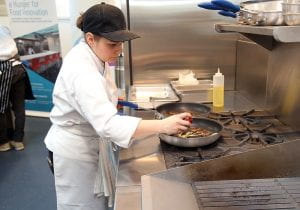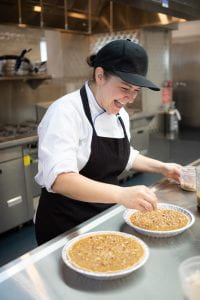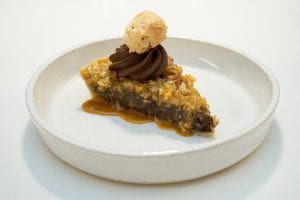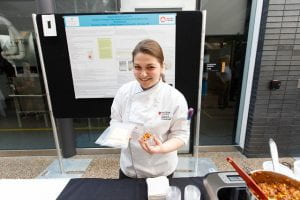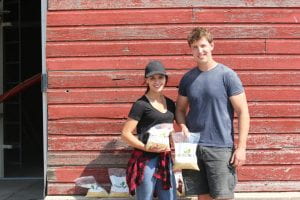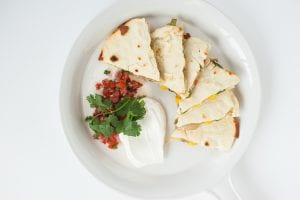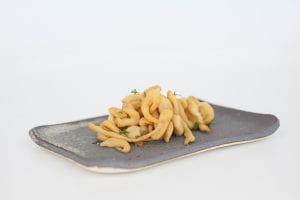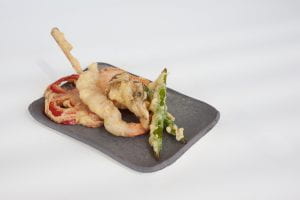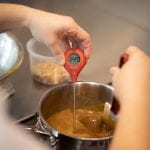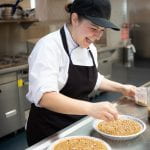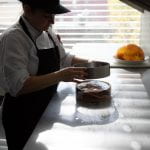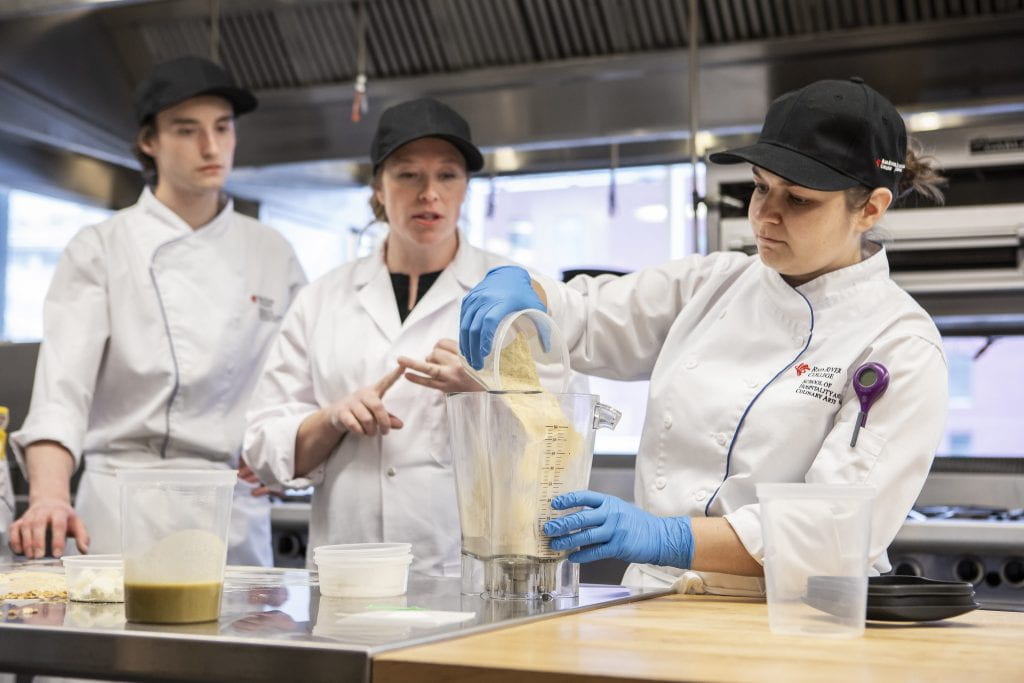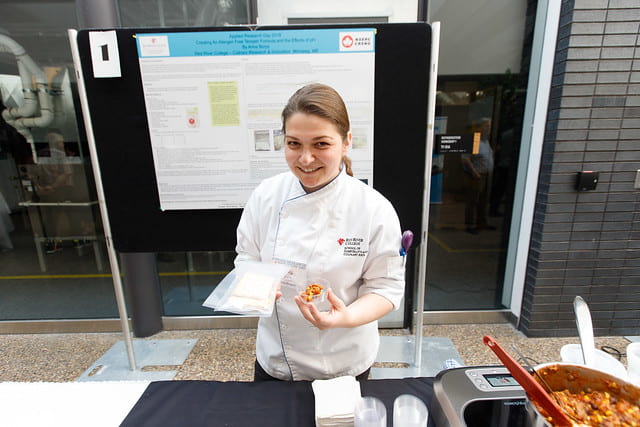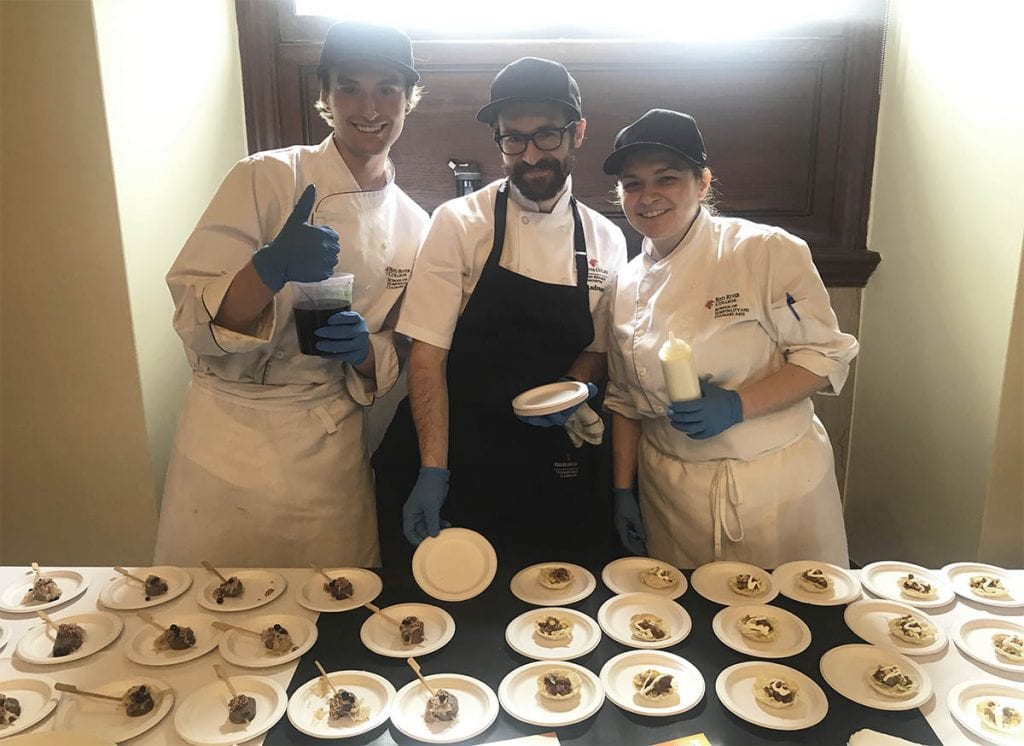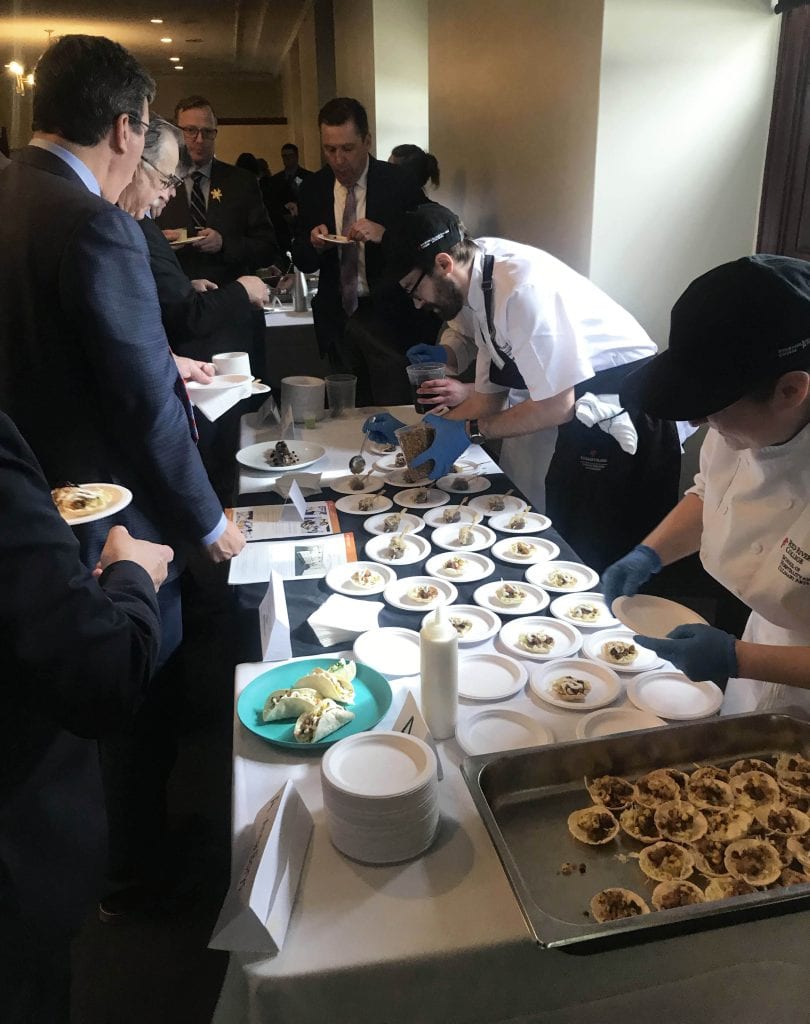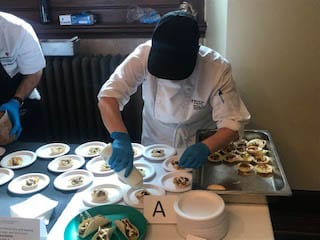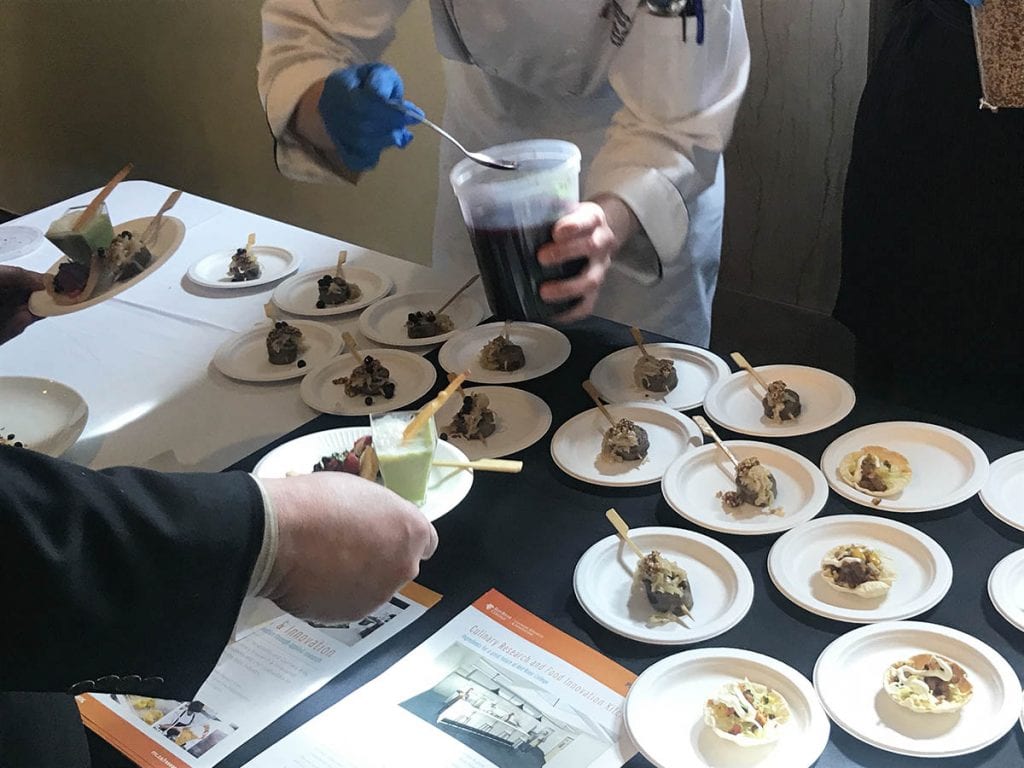Keeping spirits bright and alcohol-free with Solbrü!
Looking for a made in Manitoba mocktail this holiday season? Why not try a “Sol’d-Fashioned,” a non-alcoholic twist on the classic Old-Fashioned, featuring the tasty plant-based elixir Solbrü – a new product from Winnipeg entrepreneur Leanne Kisil!
 Over the past few years, up-scale alcohol free products have been a hot trend on the bartender circuit. Customers have been looking for sophisticated sober options when enjoying a night out rather than sip on soft drinks or Shirley Temples. Leanne wanted to create something different, fun and healthy. She approached the Prairie Research Kitchen team with an idea to develop an alcohol-free product to replace a bourbon or whisky experience. The Prairie Research Kitchen team of culinary and food science specialists enthusiastically set to work balancing flavours in her recipe, while providing direction in creating a shelf-stable, ready-to-drink (or mix) beverage.
Over the past few years, up-scale alcohol free products have been a hot trend on the bartender circuit. Customers have been looking for sophisticated sober options when enjoying a night out rather than sip on soft drinks or Shirley Temples. Leanne wanted to create something different, fun and healthy. She approached the Prairie Research Kitchen team with an idea to develop an alcohol-free product to replace a bourbon or whisky experience. The Prairie Research Kitchen team of culinary and food science specialists enthusiastically set to work balancing flavours in her recipe, while providing direction in creating a shelf-stable, ready-to-drink (or mix) beverage.
The product launched in May this year, and is now carried in 30 retailers across the country – setting the stage for work on an expansion product in the future!
The Sol’d Fashioned
- 2 oz Solbrü Restore (shaken before served)
- Alcohol-free Abiding Citizen Citrus bitters
- Maraschino Cherries
- Navel Orange slice
Directions:
- “Shake to wake” the SolBru elixir.
- Pour 2 oz of Solbru into a short cocktail glass or “rocks glass”
- Add one tablespoon of maraschino cherry juice.
- Add two drops of Abiding Citizen Citrus bitters. Stir.
- Add ice. For fun, you can freeze cranberries or orange slices into large ice cubes or ice globes.
- Garnish the glass with a half orange slice and maraschino cherry.
- Mix all ingredients to combine, and enjoy!
Check out the video below for a demonstration of the recipe, plus the background story behind Solbrü.


